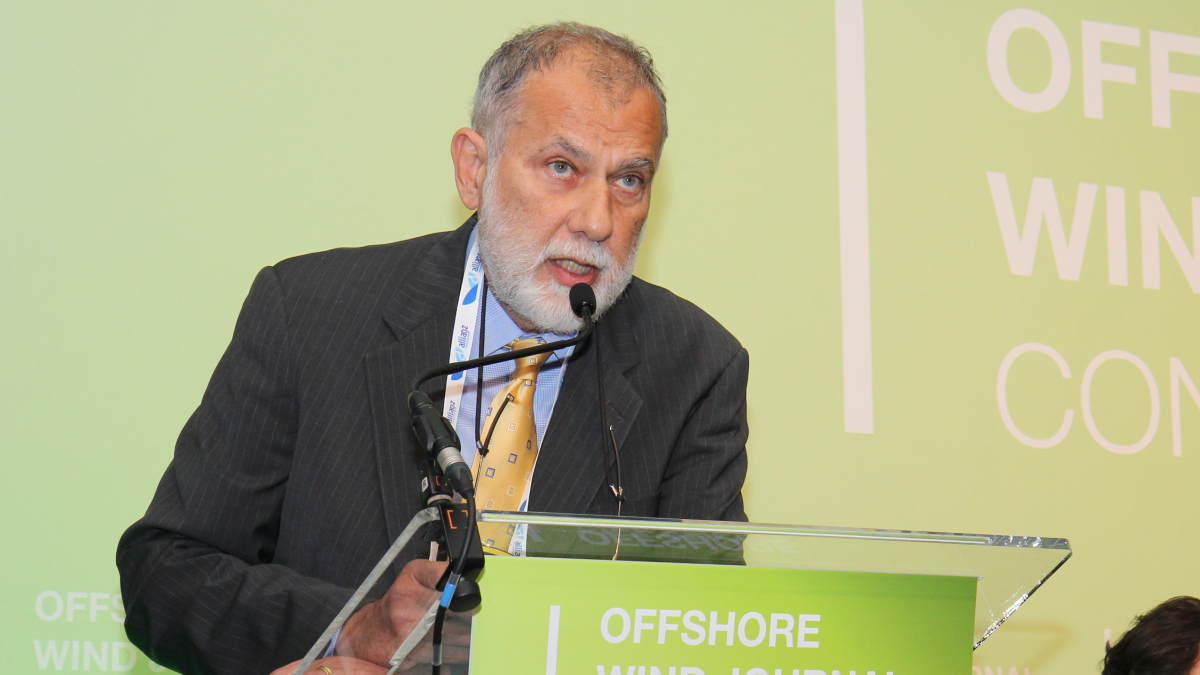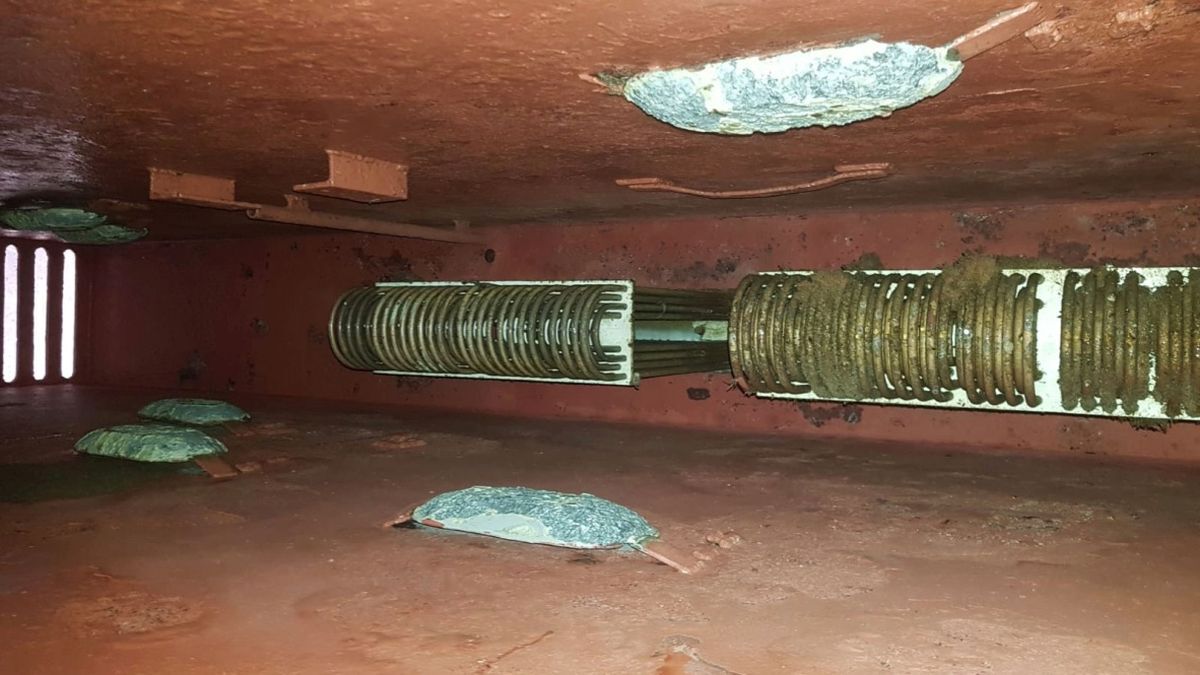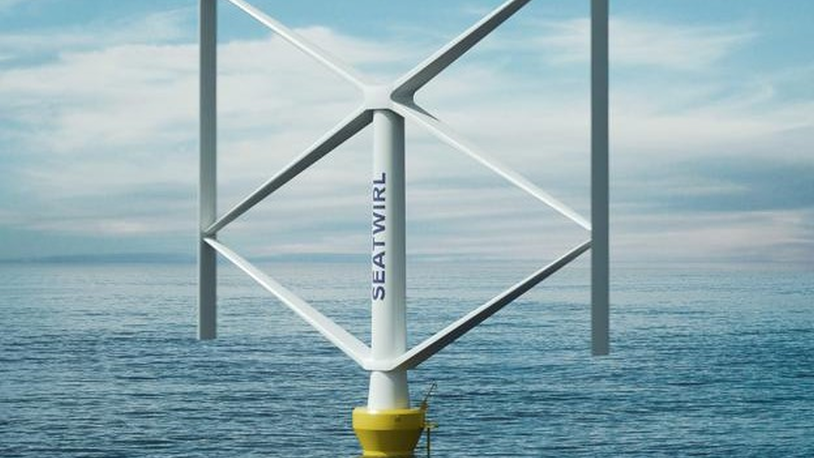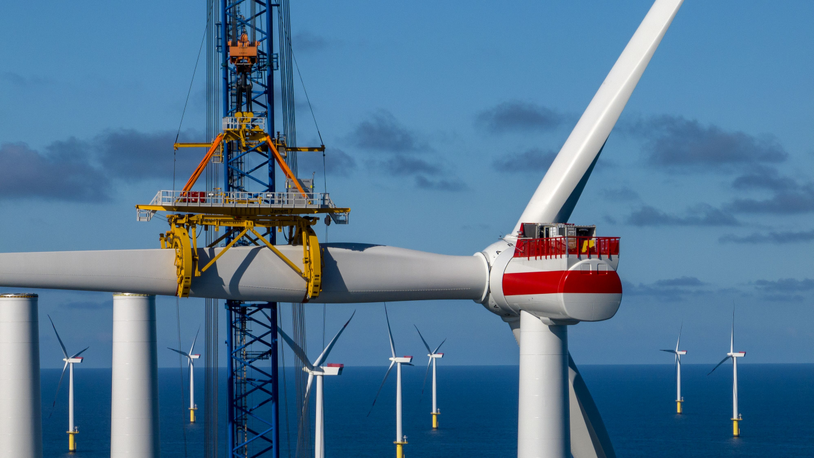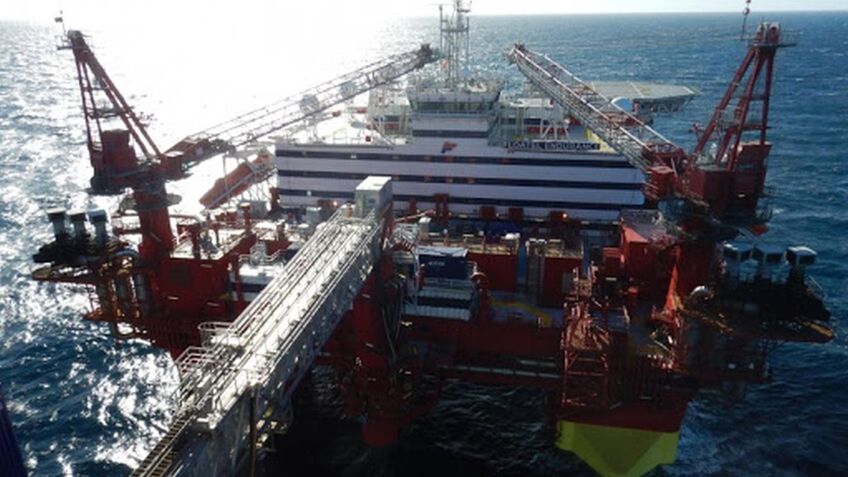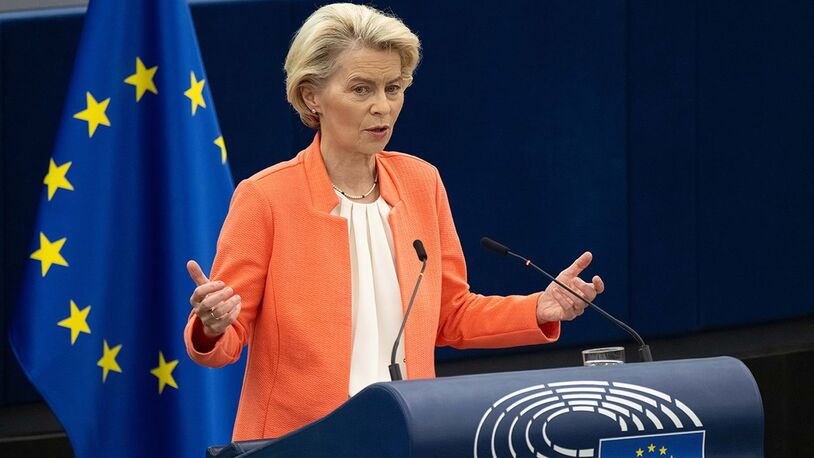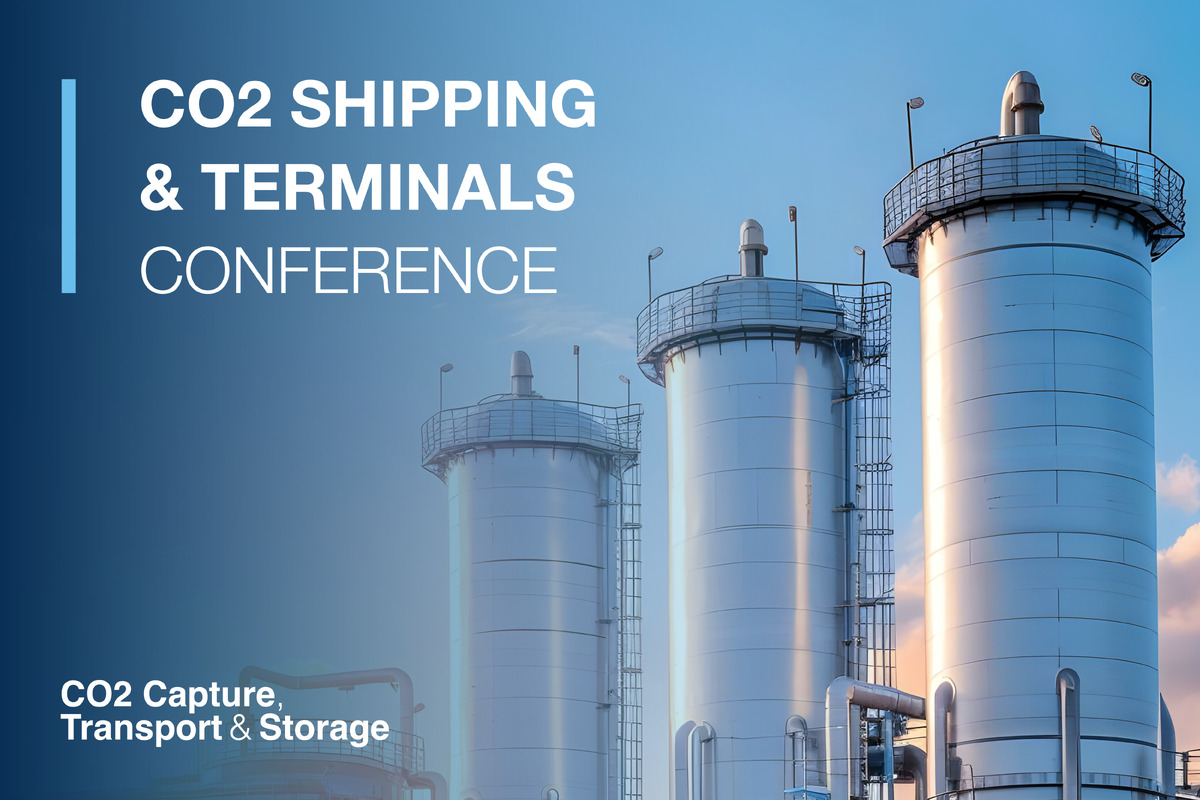Business Sectors
Contents
Register to read more articles.
Brazil and Colombia eye major offshore windfarm development
Offshore wind will play prominently in plans for carbon neutrality, energy security, job creation, and in Brazil’s case, the decarbonisation of offshore oil and gas production
Already leaders in renewable energy, Brazil and Colombia are both rolling out major plans for developing offshore windfarms to support their net-zero ambitions, provide energy security and create thousands of domestic jobs.
“Opportunities, especially in Brazil, are large,” highlights DNV Maritime business development manager, Sergio Garcia, in discussing offshore wind development potential in Latin America.
While no offshore windfarms are operating offshore Brazil, 232 GW of offshore wind projects have been registered with the country’s environmental licensing agency IBAMA.
Many of these projects are not likely to materialise and there is uncertainty how quickly these opportunities will crystallise given the regulatory, technical, operational and financial challenges that lie ahead.
But Mr Garcia says legislation in Colombia and Brazil is underpinning the advancement of more robust plans for offshore wind in those South American countries.
Hydropower provides about 70% of Colombia’s electricity, making it reliant on water resources and potentially vulnerable to drought. Offshore wind could provide additional energy security, advance the country’s 2050 carbon-neutrality goal, and create thousands of jobs.
“Opportunities, especially in Brazil, are large”
Mr Garcia says initial exploration areas have been cited between Barranquilla and Cartagena, offshore Columbia’s Caribbean coast. These areas are estimated to have total reference capacity potential of 50 GW, according to Colombia’s Offshore Wind Roadmap, published by the country’s Ministry of Mines and Energy. These sites could be developed for both fixed and floating wind turbines.
Meanwhile, three different areas, northeast, southeast and south are being explored in Brazil, “where winds are more stable and stronger,” says Mr Garcia.
Legislation, passed by the Brazilian Congress in 2023, would allow offshore wind sites to be granted through authorisation or concession by the federal government. But the bill still needs approval in the Senate.
Port, terminal, vessel and supply chain challenges will need to be overcome. But several factors weigh in Brazil’s favour, says Mr Garcia. He says the country’s strong offshore oil and gas industry, mature shipbuilding base, steel mills and a stable onshore wind industry could potentially support offshore wind development. Blades and components are already manufactured in Brazil for its onshore windfarms.
Mixing wind and oil
Brazil, of course, is already the world’s ninth largest crude oil producer, and has plans to increase its production. “There’s a big push in Petrobras to decarbonise their offshore oil and gas operations,” observes Mr Garcia, adding, “And offshore wind is a natural component that comes to play.”
State-run Petrobras, working with Shell Brasil, TotalEnergies, CNPC, CNOOC and Universidade Federal do Rio Grande do Sul, is assessing the possibility of using offshore wind to electrify its offshore oil and gas production facilities.
The project partners have initiated a series of offshore wind measurements in the pre-salt region to assess wind resources. Initial data collection began in the Búzios field in the Santos Basin. Later this year, more data will be collected, in the Mero field.
The study is part of the Ventos de Libra Project, with the goal of assessing the potential integration of offshore wind and oil production projects in the pre-salt region.
Petrobras director of energy transition and sustainability, Maurício Tolmasquim, said the project and others like it “can pave the way for us to decarbonise our activities, in line with our strategic plan.”
Related to this Story
Events
Reefer container market outlook: Trade disruption, demand shifts & the role of technology
Asia Maritime & Offshore Webinar Week 2025
Marine Lubricants Webinar Week 2025
CO2 Shipping & Terminals Conference 2025
© 2024 Riviera Maritime Media Ltd.


